When the idea was first mooted for Iain Maloney to write a novel about the events around Piper Alpha, his answer was clear.
“My first reaction was ‘no, absolutely not’.
“First of all, it’s not my story. I wasn’t directly involved and my initial image of having a character on Piper Alpha at the time and going through it all… I didn’t think for a second I was the right person to do that, and just on the basis there were other people probably better suited to it.
“And it’s still kind raw in Aberdeen, you know? The way Hillsborough is in Liverpool or the shooting in Dunblane. People remember, it’s within living memory. I didn’t want to take on something and screw it up, basically.”
The Aberdeen native was only eight when the Piper Alpha disaster took place on July 6, 1988 and he had deep concerns about a book being disrespectful to the 167 men killed, their families, and indeed survivors, many of whom suffered from the shock of the disaster for years and decades to follow.
Piper Alpha: The night the sea caught fire
Maloney’s father was a fireman and mother a nurse.
And although they didn’t have direct involvement, the cataclysmic event in the small city of Aberdeen (described by some as a village) has left vivid memories.
When in talks with his publisher back in 2015, a fictionalised story around the Lockerbie bombing had been published two years earlier by James Robertson – and other fictionalised works can be pointed to for 9/11 in the States, the Mark Wahlberg Hollywood film of Deepwater Horizon, or even a stage play produced this year based on Piper Alpha in Aberdeen.
‘I didn’t think for a second I was the right person to do that’
Maloney later decided he would write a book, not directly of the night of Piper Alpha, though that is one short chapter, but a story over the course of 33 years looking at the impact of a fictionalised survivor, his family, and on Aberdeen as a city.
The book was first released in 2016 as “The Waves Burn Bright” and has been reissued this year under a new publisher as “In the Shadow of Piper Alpha”.
“One of the things that shocked me most, first publishing the book then and republishing it now, is the amount of people who haven’t heard of Piper Alpha, particularly British people.
“You have had friends from America for example who didn’t know that – that’s less surprising.
“But people from Scotland, people from Britain who you’d expect they’ll have heard of Lockerbie, they’ve heard of Hillsborough but they won’t necessarily have heard of Piper Alpha.
“That’s shocking, that surprises me and that I think, more than anything, is a reason for these kinds of stories to be told so people are still aware of them.”
The story’s main character, Marcus, and his daughter are invented so as to try to “steer that line of being respectful while going into the story”.
Where the fiction meets reality is the study of post-traumatic stress disorder (PTSD), reported by many real survivors of Piper Alpha.
The Lockerbie bombing, Piper Alpha, and the Hillsbrorough disaster all happened within the two-year space of 1988-1989.
Then, with the breakout of the first Gulf War, PTSD came into the public sphere in a strong way.
Maloney said: “It evolved into being a story about what what is trauma and what this post-trauma looks like.
“In the literature of PTSD, Piper Alpha is sort of the starting point for lots of the studies done by psychiatrists and psychotherapists at Aberdeen Royal Infirmary.”
Preparing for the book, Maloney looked at Piper Alpha and accounts of survivors from other events around the world.
He added: “At that time it was a very, very misunderstood thing.
“A big part of what I needed to get right was what PTSD looks like from the outside, from the family members and other people.
“A lot of these kind of things you’d expect, like heavy drinking and flashbacks that look like outbursts of violence, but also the smaller things like personality shifts.
“I read a lot, spoke to experts, but also spoke to people who either had suffered trauma or knew people who had and then once it was written, obviously run it past people again and say like ‘have I have I got this right, is it realistic, is it not realistic?’
“Because you’re never going to be 100% realistic, is just my impressions put on to a page.”
PTSD was misunderstood
So how do survivors and their families feel about his work of fiction, what has the feedback been like?
“Generally the response to me has been along the lines of ‘good on you for writing this’ in a sense like just keeping the memory alive,” he said.
“There’s always that we should never forget and keeping the memory of the people alive and keeping the story being told.”
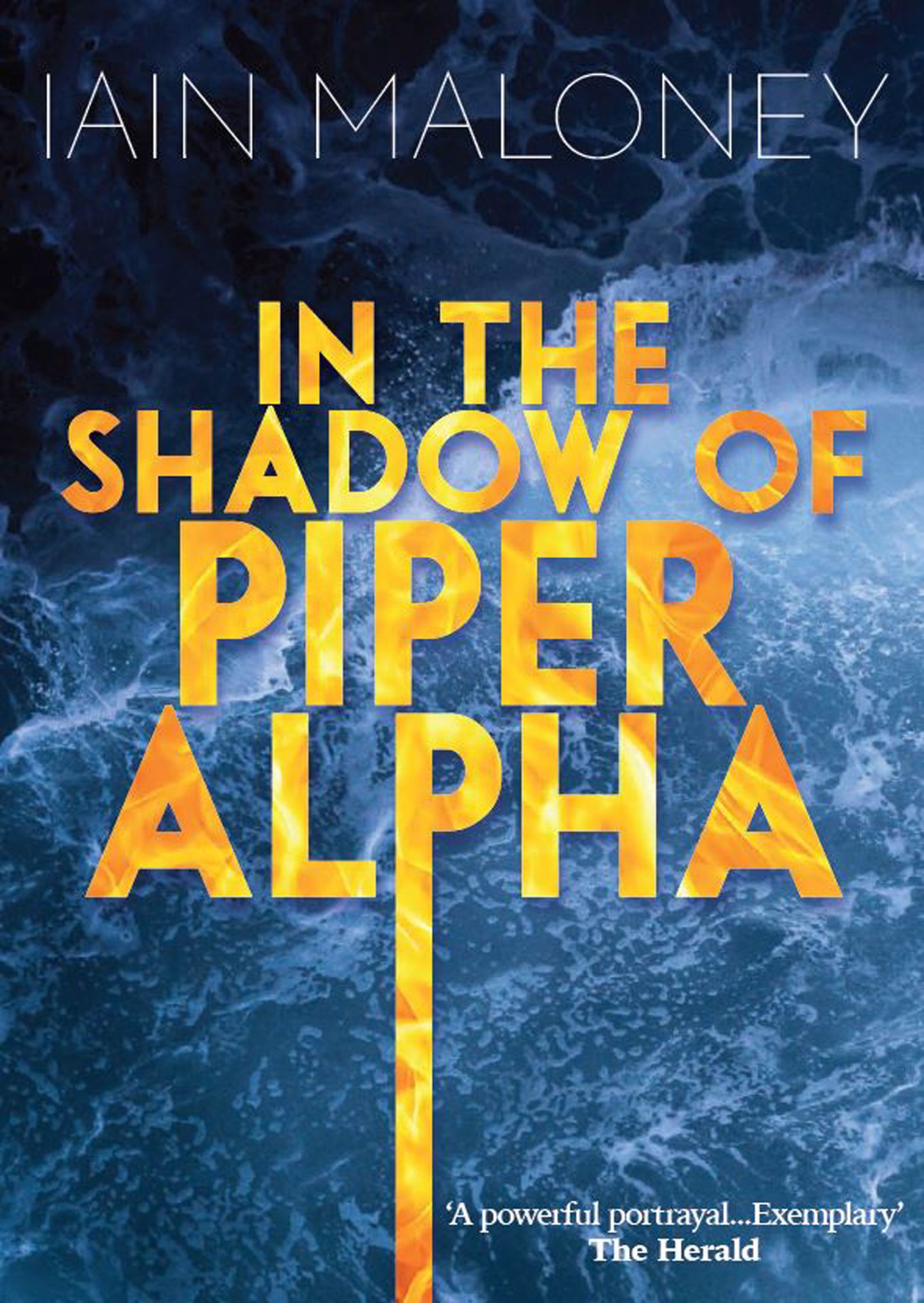
Maloney has had survivors in Aberdeen, Glasgow and Edinburgh approach him with their thoughts too.
“I had one man who was on Piper Alpha tell me after reading it saying that I had got it right, the descriptions of what happened or what it felt.
“But that’s nothing to do with me. That’s to do with the sources I used. Steven McGinty’s book, and a guy called Ed Punchard, his memoir of his experiences.”
Keep the story being told
What the experience of writing “In the Shadow of Piper Alpha” has done is give Maloney a strong sense of the safety culture brought on by the disaster and its lasting legacy in that regard.
“It winds me up a little bit when you hear people talk about ‘its health and safety gone mad’ and that kind of stuff. When you go back to a time when there wasn’t really health and safety in the workplace, what happens when it goes wrong? Well, this. This is what happens.
“The actual story behind what caused the disaster, all the stuff that the Cullen Inquiry brought up. So much of it is just these tiny things of communication and somebody finishing a shift. Things we take for granted now of just making notes of what you’ve been doing at work and making sure everything is recorded.
“A lot of it grew out of that out of the understanding of this, could have been averted. If these steps, perhaps had been taken.
“You can’t overestimate the importance of it from that point of view, with studies into PTSD, the trauma specialists at ARI really learned a lot and
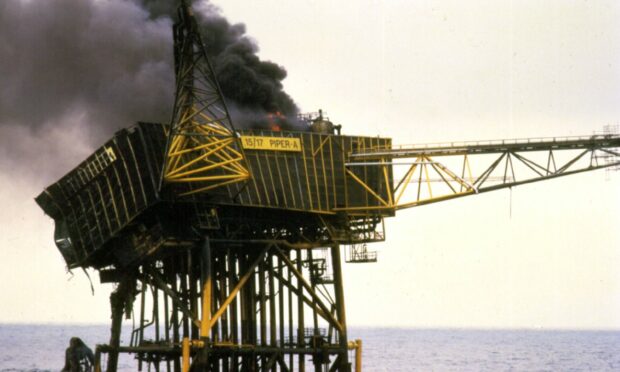

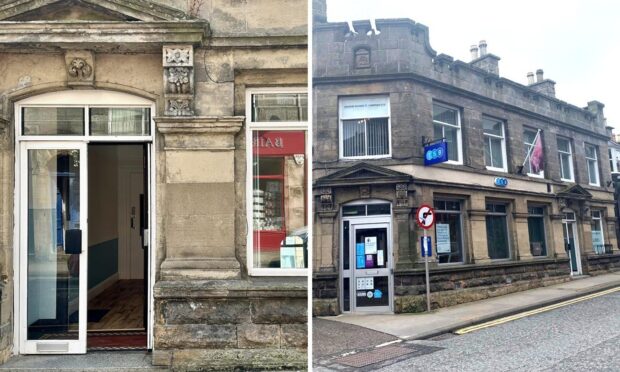
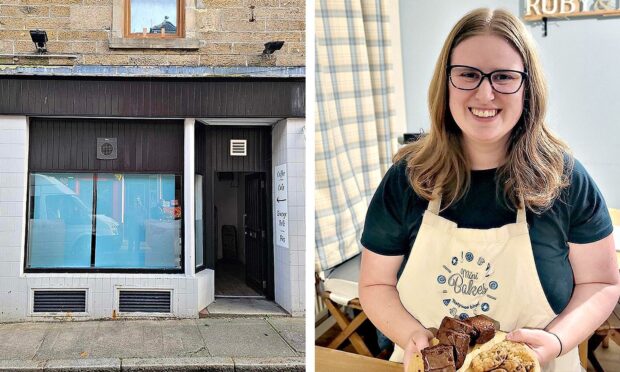

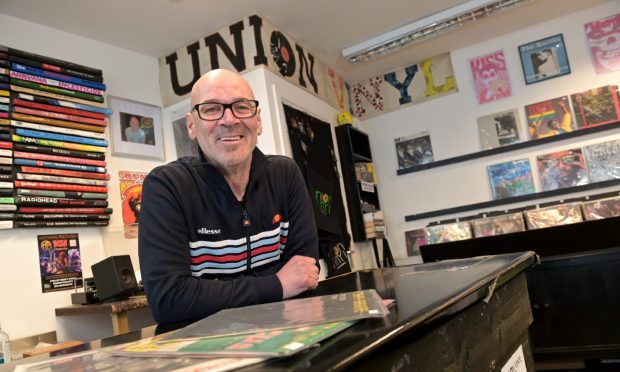
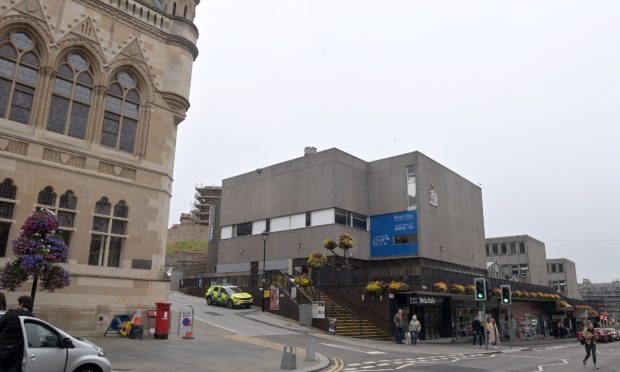


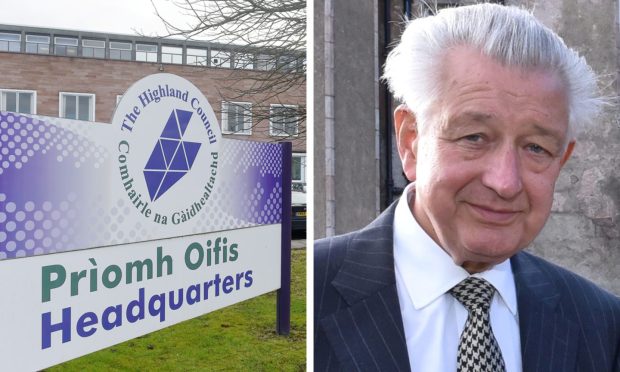
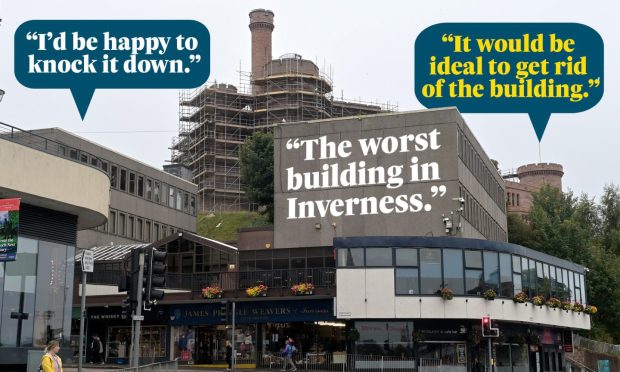
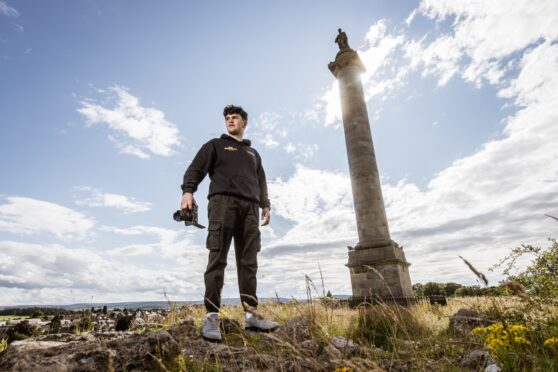
Conversation